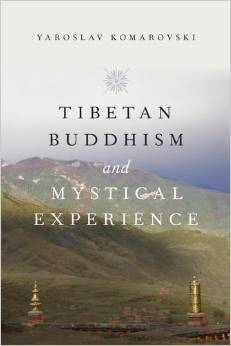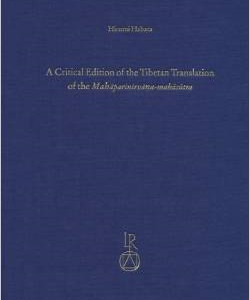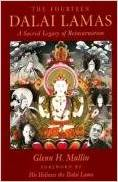Description
In this book, Yaroslav Komarovski argues that the Tibetan Buddhist interpretations of the realization of ultimate reality both contribute to and challenge contemporary interpretations of unmediated mystical experience. The model used by the majority of Tibetan Buddhist thinkers states that the realization of ultimate reality, while unmediated during its actual occurrence, is necessarily filtered and mediated by the conditioning contemplative processes leading to it, and Komarovski argues that therefore, in order to understand this mystical experience, one must focus on these processes, rather than on the experience itself.
Komarovski also provides an in-depth comparison of seminal Tibetan Geluk thinker Tsongkhapa and his major Sakya critic Gorampa’s accounts of the realization of ultimate reality, demonstrating that the differences between these two interpretations lie primarily in their conflicting descriptions of the compatible conditioning processes that lead to this realization. Komarovski maintains that Tsongkhapa and Gorampa’s views are virtually irreconcilable, but demonstrates that the differing processes outlined by these two thinkers are equally effective in terms of actually attaining the realization of ultimate reality. Tibetan Buddhism and Mystical Experience speaks to the plurality of mystical experience, perhaps even suggesting that the diversity of mystical experience is one of its primary features.






Reviews
There are no reviews yet.